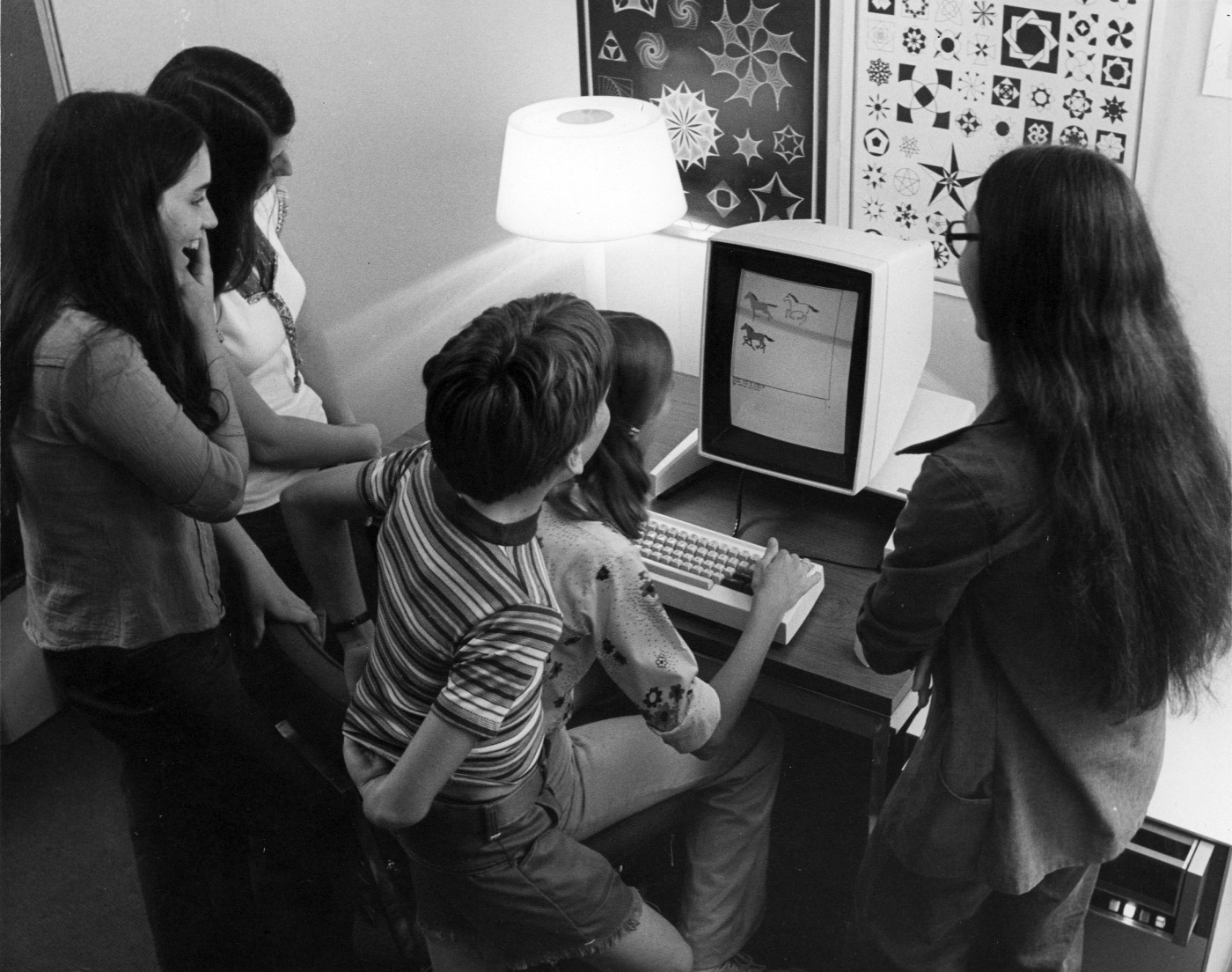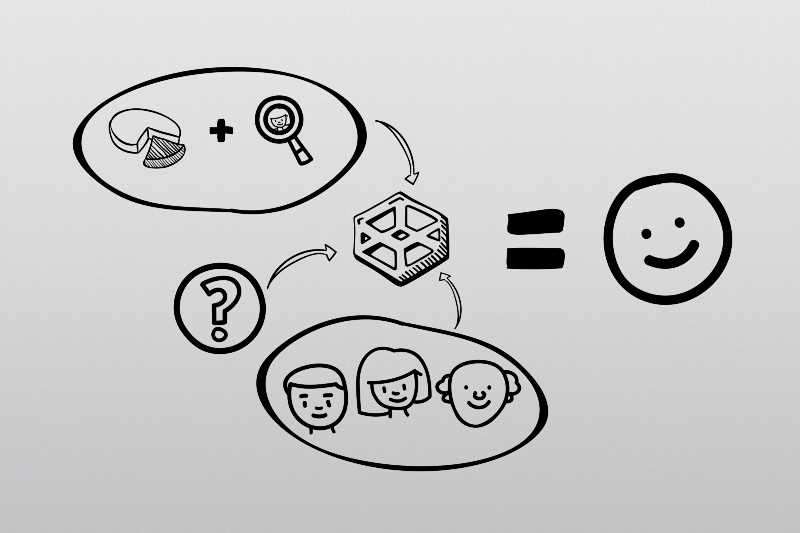Data-informed design in practice
Feb 24,2016 · 5 minutes read

Xerox PARC, Alto 3
We can all agree that by definition and principle -at least theoretically, design is about solving problems. Specifically, User Experience strives for that human touch in complex technological advances. It is the extra detail that makes a product a bit more fun for everyone, especially for the less savvy crowd.
There are many practices that can achieve a good user experience. Those practices differ based on the complexity of your project. As an example, for a personal website/portfolio you can use a very simple approach by asking Jane Doe what she wants to show and accomplish on her website. Then design something with up-to-date trends in mind and iterate to fine-tune her website to her liking. For a redesign of a SaaS platform, you might use field practices, by going to customers of that platform, listening to their frustrations, then redesigning some new solutions and observe on their reactions/feelings in the A/B testing process.
In this article we will strive to find a joint force of using data (online and offline), together with human input, user feedback, and designing for the user. Below are the two approaches we are going to be combining in a new super-approach with a simple outcome; Design with empathy kick-ass experiences.
Human-centered Design (or HCD)
HCD is a creative approach to problem solving popularised by the design firm IDEO. It is the empathetic approach to design; Brainstorming for the best solution, creating prototypes for the best experiences, testing the more sound ideas with the people you are designing for, and releasing an experience/solution to the world.

Data-driven Design
Data complements design
DDD is a systematic approach to the development and evolution of digital (and not only) services. As data becomes more accessible, decisions for design can be based on that data. To put it more simply; data complements design.
Quantitative Data-driven Design
- Who are the users?
- What are the user’s problems?
- When are the users most active or inactive?
- Where are the users currently using their solutions?
Qualitative Data-driven Design
- How do users behave?
- Why do they behave that way?

Fusing the elements
Human Input & Data Information transcend experiences.
I am going to refer to this immersive approach as a Data-informed User Experience. Let’s dig into the logical steps that we should take for a Data-Informed User Experience.

Forming a process
Take 1 minute to think of a specific website with a specific product to sell. While keeping this in mind we will continue into the process, and use the elements we have defined in a combination to think of how we could redesign the landing page.
For this we need data. The quantitative data we will use, is the bounce rate. For qualitative data we will ask how and why, and then we will brainstorm for better solutions with an A/B testing feedback loop.
The empirical data is a good base for drafting our new combined approach. We need analytics that tells us what happens when a user comes to this page directly. We also need analytics of what happens when a user comes to that page through other pages, and what happens after he takes an action.
- Does he come back after to check more?
- Does he come to the page only for freebies and not the product?
- Does he come by accident and takes no action?
Additionally we need qualitative data to our process. This process often gets frowned upon as some people cannot visualise observation as data, but it is a pretty crucial data process.
- How do the users get to this page?
- How do they use it?
- Why do some stay for more, and why do others leave right after they completed an action?
- Do returning users use the page differently than first timers?
After we have gathered this information, it is time to dive into practicing the second part of our new approach, and a bit more practical (maybe fun too!).
We have to create personas based on the analytics and observations we have done. For those we are going to brainstorm possible ways of answering the questions raised, and solving the problems that rose from those questions.
The best of those ideas will become prototypes for A/B testing, and in the end, after choosing the most logical designs, we are going back to users and test the new solutions.
After this, naturally there’s more qualitative data to be collected. More observational data and feedback from the users that helps us finalise our solution and put it finally out to the world (note: iterations are always part of the process even after ‘finalizing’ your design).
Key Findings
By combining the empathetic HCD approach with the structured DDD approach, we create a holistic design strategy that generates a fulfilling result.
We are designers. We are makers. We want to believe we are inventors. Most of all, we are people. Designing a great experience is all about that. Or as Christopher Murphy puts it:
The secret to success in our fast-paced industry is, I believe, straightforward: make things, share things and — last, but by no means least — be nice to people. That’s it, really.
Design Disruption
We are finally to a point where we can use data & design thinking. We can afford then to create solutions, that do not just look attractive. We can create solutions that help us understand user experience, product development, services & processes and of course most importantly; People. We are rather fueling our creativity through empowerment, empathy & innovation.
Finding the right balance between data, empathy & experimentation is the distilled result.
Design [that] matters
At the end it is all about meaningful experiences. Designing with people, for people is what makes what we are talking about worthwhile and it is a good reason to continue trying to make sense of it.
